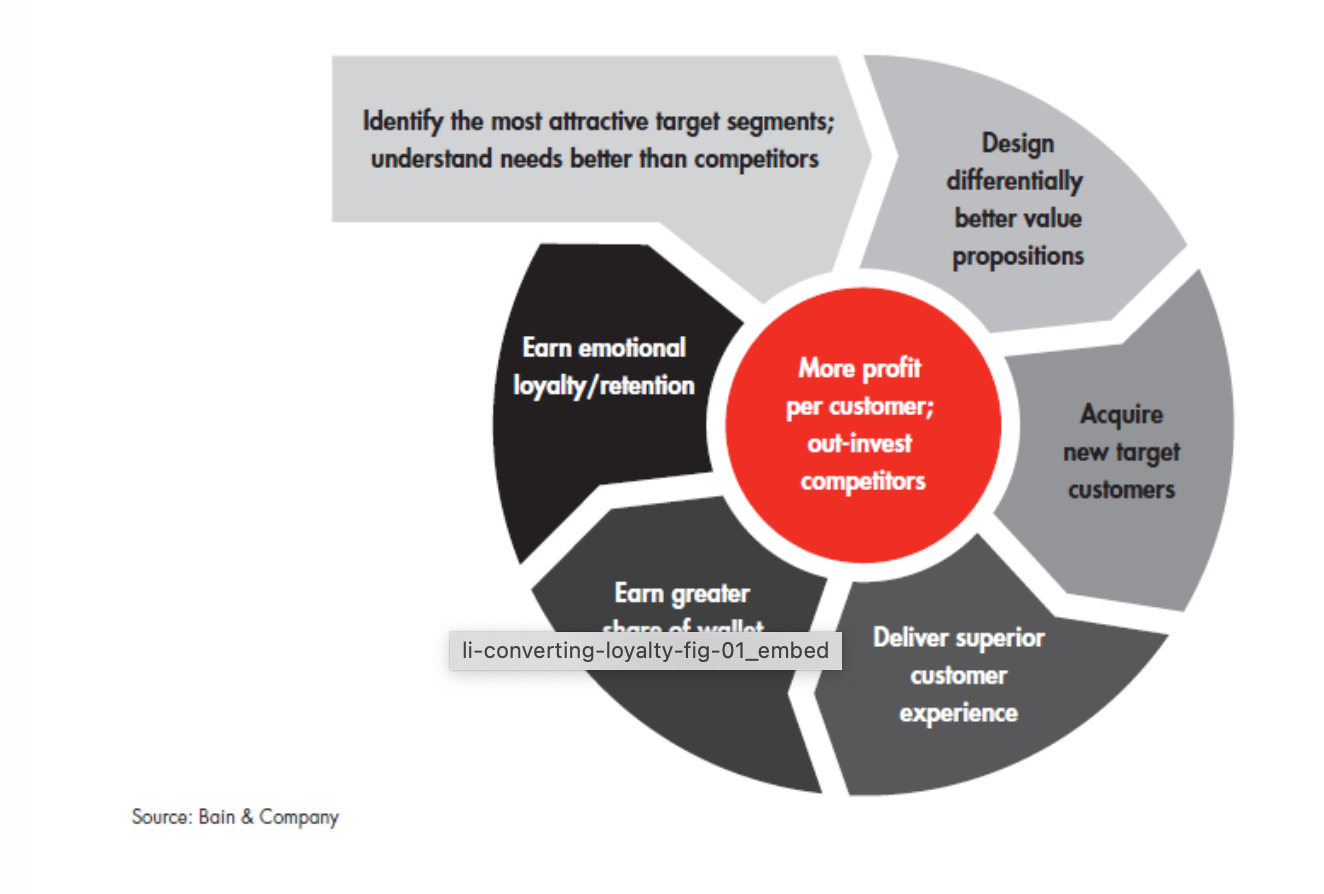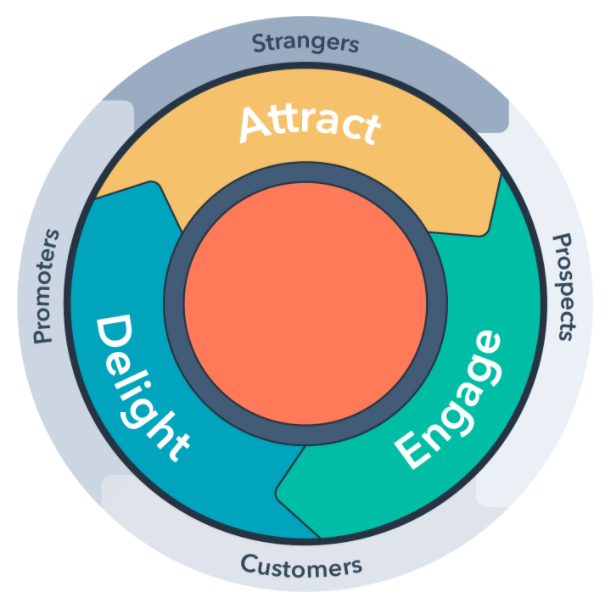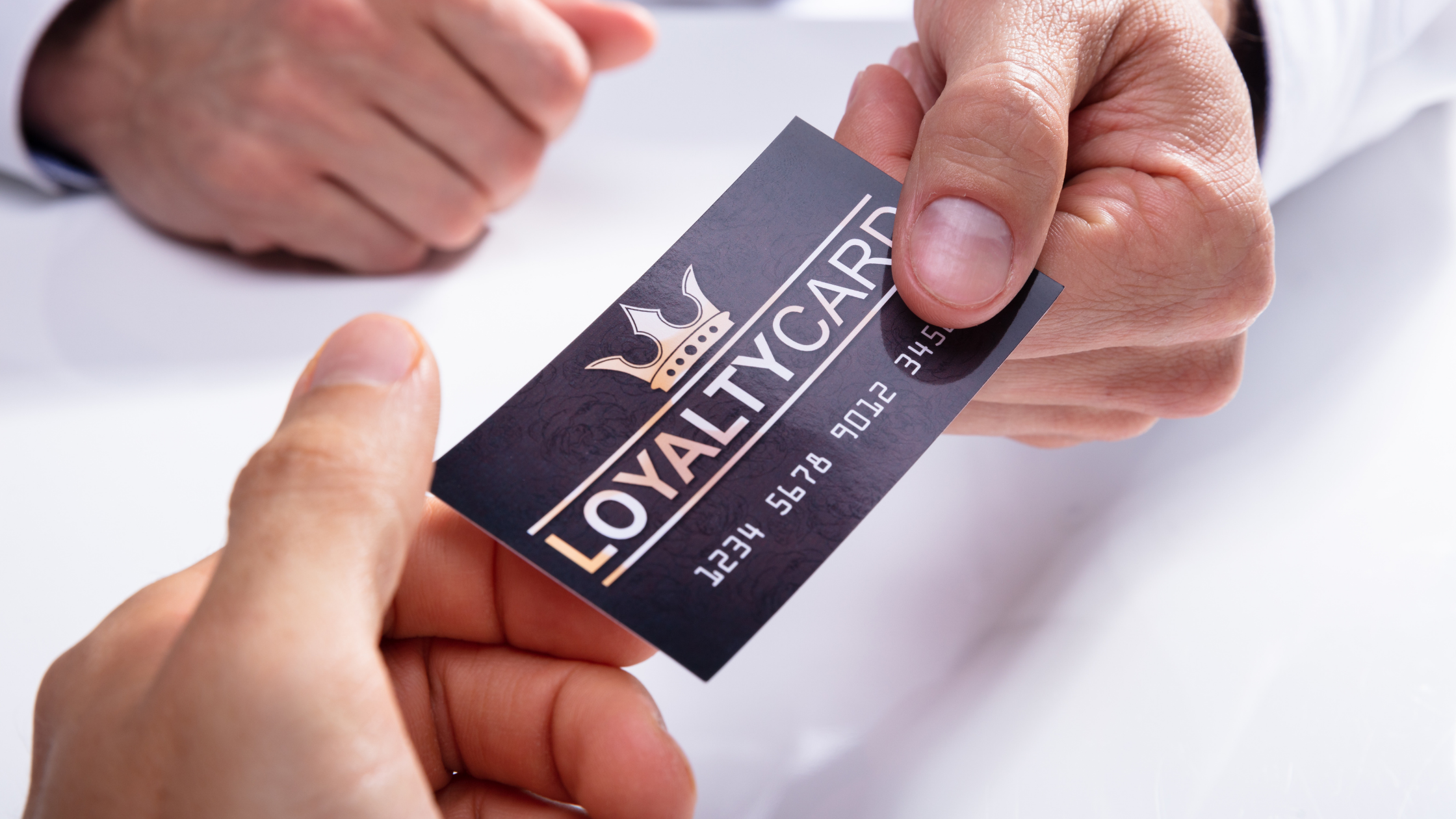With virtual products at the mercy of a mobile swipe and payment options with a quick scan of consumers' fingerprints, this is the decade of heightened digital experiences. Businesses all over the world, both big and small, are making sure they're capitalizing on all of the latest tools and technologies available to make the customer experience easier, self-paced, and highly personalized.
So, what's the catch? Well, for starters, you may wonder, why is customer loyalty important? How do businesses ensure customer loyalty when every other brand is also working on their digital experiences as much as and as fast as you are? What are the customer retention strategies that businesses need to think about in the context of today's customer preferences?
There's a lot to consider. Let's get to some stats to fill the ink of our customer marketing pen. According to a recent article about customer retention statistics from SEMrush:
- 89 percent of companies say that excellent customer service plays a huge role in customer retention.
- The probability of selling to an existing customer is between 60-70 percent.
- The probability of selling to a new customer is only between 5-20 percent.
- The average loyal customer spends 67 percent more in their 31st to 36th month with a brand than in their first six months of the relationship.
- 44 percent of millennials say they are loyal to their favorite brands.
- Content marketing has an effectiveness of 32 percent for customer retention.

The stats are all pointing toward how brands need to think strategically about harnessing the customer experiences towards a more loyal customer base. And content marketing is one such medium that is on top of every marketer's mind. Let's talk about why!
How to Use Content Marketing for Customer Loyalty
Attracting new customers is pretty much the main KPI every marketer is tracking today. However, when we're so caught up on how to breach new markets or expand to different regions and countries, we may overlook what's right in front of us — our current customers.
And since we've established how much more beneficial it is to keep the customer we already have than to attract and convert new, it's absolutely fitting to think in that direction too. Let's dig deeper into how content marketing can achieve this.
Leverage Customer Data to Produce High-Quality Content
Gone are the days of going after keywords with high traffic association and what everyone else is writing about. If you're not already working with a "pain-point" based content strategy in alignment with SEO, then right now is the time to get started. Internally collected customer data can offer insights into various touch-points and customer journeys through every stage, especially the middle and bottom stages of the funnel. These can provide exclusive ideas into what makes the potential customer travel further down the funnel and eventually convert.
Let's consider an example: Say you have a time tracking software selling to enterprises. Instead of going after high-traffic keywords right away, look at the customer pain points and devise a keyword strategy from there. Could the pain points be aligned with some of the long-tail keywords with very specific buying intent? What are those keywords and how can those be incorporated into the content?
Doing this will not only significantly cut down the sales cycle (since only those with very specific buying intent will browse this content), but also create very high conversion rate for content (something that's still highly misunderstood and underestimated and often unachievable when it comes to content).
Build Community Through Social Media
It's unlikely that your customers are impulse buyers and it's especially true when you're a SaaS, tech, or Fintech brand since these conversions are well thought through or only happen when the leadership is in on these buying decisions. This goes beyond the initial awareness phase of understanding their business problems. But you could still build on that. When you build a community around your solutions and have users/leads/customers participate in that conversion on how your solutions are helpful/could be helpful, you're efficiently removing yourself from their path.
This means that you're letting them decide on the basis of "established customer loyalty" and newly formed customer base what your products or services can do. Social media especially can be used to push these organic conversations on various platforms.
It could begin with lots of mutual interest small talks (Hey! check out this cool time tracking hack I recently used!), building up to compatibility (is your product or service even relevant to them?) and influence and trust through meaningful conversations (what's the biggest challenge you're currently facing? I might be able to offer help), and ultimately continued association as a potential customer (no-strings-attached demo, product guides, podcasts, customer testimonials from the industry they belong to that'll help them make a buying decision).
Create a Resource Center to House All Content, Tagged Appropriately
Ever wondered why your own website's content is all over the place and is not properly tagged? Or ever landed on a website feeling all sorts of confused and taking millions of steps to get to the content that's actually helpful?
It's an unfortunate reality for so many brands today — they're constantly churning content, but there's no dedicated place where all of that sits and it's impossible to find anything relevant. It also confuses the buyer journey to a great extent, which affects the user experience, and that ultimately frustrates the user when they can't find what they came looking for.
For all kinds of businesses, it's crucial to map everything to the buyer journey and creating a centralized resource center is key. You could begin with mapping all of your blog content to the different stages of the funnel and creating the right categories to showcase what a particular piece of content means.
The next steps are to create a bunch of highly relevant CTAs and tag those to these blogs. Follow the same process with the website pages and help center (if that exists). This will ensure the content is easier to find and the user is not stuck at the wrong funnel, especially not at the bottom where they're not yet ready to buy.
Incorporate Content Marketing into Customer Retention and Customer Loyalty Strategies
Customer loyalty in marketing can be achieved through the right alignment of content marketing and customer retention strategy. It's not only a good idea but a total necessity. The combination is an excellent way to maintain customer loyalty without constantly pushing products and services on them or feeling the pressure of up-sell.
We know the buyer journey doesn't end with them being a customer, nor does the customer experience. Since we're talking about strengthening customer loyalty as the end goal and not a sale, things like advocacy and retention could be made part of the bottom of the funnel content.

Interesting, right? With the "flywheel" concept, there's constant momentum of tracing the customer journey, which pretty much goes in a loop. We're not saying that the funnel is now irrelevant, but it is a sub-set of the flywheel.
You use the funnel to map the buyer journey and use the flywheel to keep the funnel in motion, knowing that there really is no end to how much you can leverage customer experience to convert them into solid brand advocates and loyal fans.
Once your customer retention strategies are aligned with the bottom of the funnel and made part of the flywheel, it's only a matter of time how fast you can spin it. Each activity you feed into the flywheel becomes a slight nudge into the customer journey towards the action you need them to take.
So, how do you create content that's in alignment with customer retention?
- First and foremost, set up your resource center and make it super user-friendly so anyone, at any time, can access it and get the answers they need no matter the funnel stage.
- Make yourself readily available to chat with the customer anytime they're faced with an issue with your product or are looking to learn a feature or two.
- Create engaging content that's more aligned with what the customers can learn, rather than what else they can buy.
- Ensure content across departments is aligned with the flywheel approach and there's no piece sitting in silo (goes back to the resource center).
- Use cross-collaboration for better content distribution, from customer newsletter and customer loyalty programs to sales enablement, in terms of up-selling.
Final Thoughts
In the end, all that matter is that "there's no end" — tsk tsk! It might seem daunting at first to even think about it, but once everything is aligned with creating a better customer experience, it'll be easier to retain them and you won't constantly need to actively sell to them.







